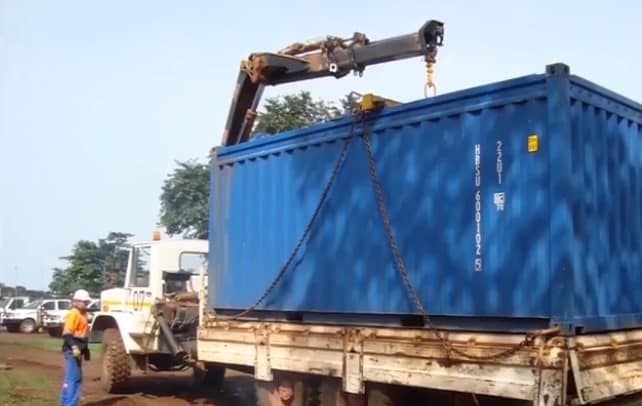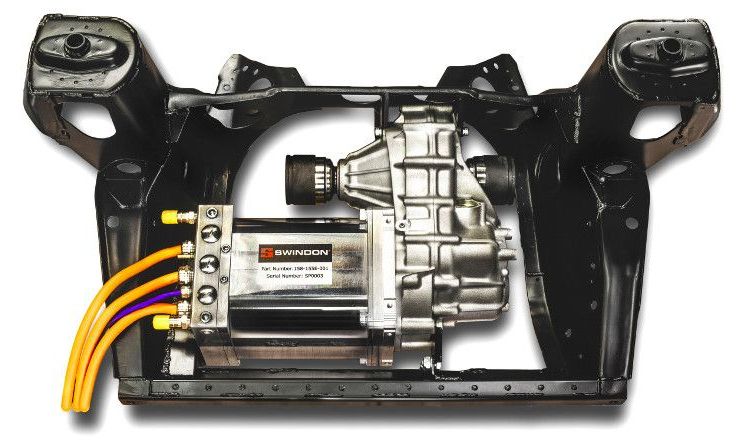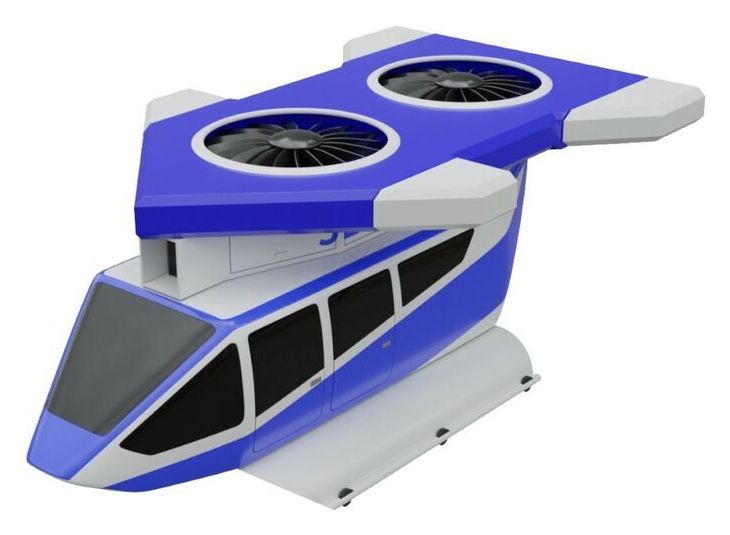DARPA’s SIGMA+ program conducted a week-long deployment of advanced chemical and biological sensing systems in the Indianapolis metro region in August, collecting more than 250 hours of daily life background atmospheric data across five neighborhoods that helped train algorithms to more accurately detect chemical and biological threats. The testing marked the first time in the program the advanced laboratory grade instruments for chemical and biological sensing were successfully deployed as mobile sensors, increasing their versatility on the SIGMA+ network.
“Spending a week gathering real-world background data from a major Midwestern metropolitan region was extremely valuable as we further develop our SIGMA+ sensors and networks to provide city and regional-scale coverage for chem and bio threat detection,” said Mark Wrobel, program manager in DARPA’s Defense Sciences Office. “Collecting chemical and biological environment data provided an enhanced understanding of the urban environment and is helping us make refinements of the threat-detection algorithms to minimize false positives and false negatives.”
SIGMA+ expands on the original SIGMA program’s advanced capability to detect illicit radioactive and nuclear materials by developing new sensors and networks that would alert authorities with high sensitivity to chemical, biological, and explosives threats as well. SIGMA, which began in 2014, has demonstrated city-scale capability for detecting radiological threats and is now operationally deployed with the Port Authority of New York and New Jersey, helping protect the greater New York City region.









